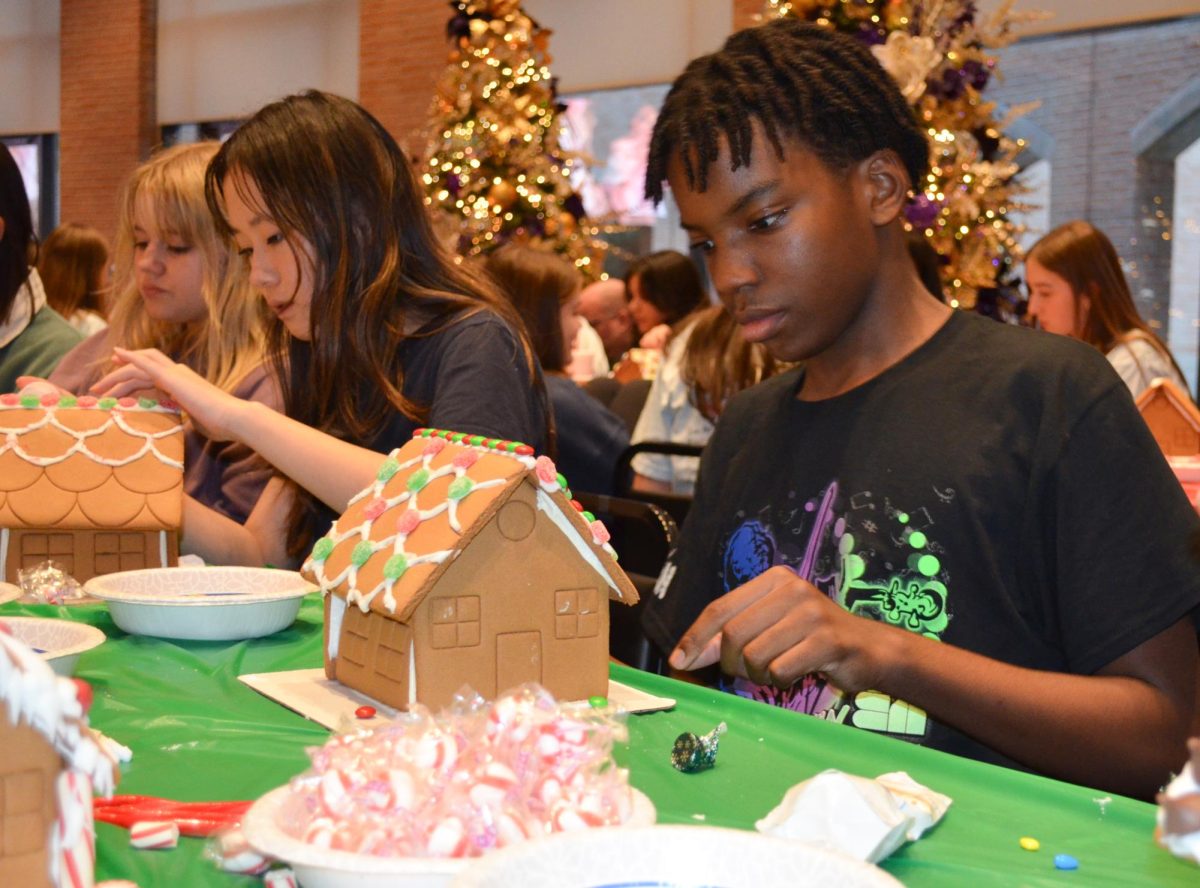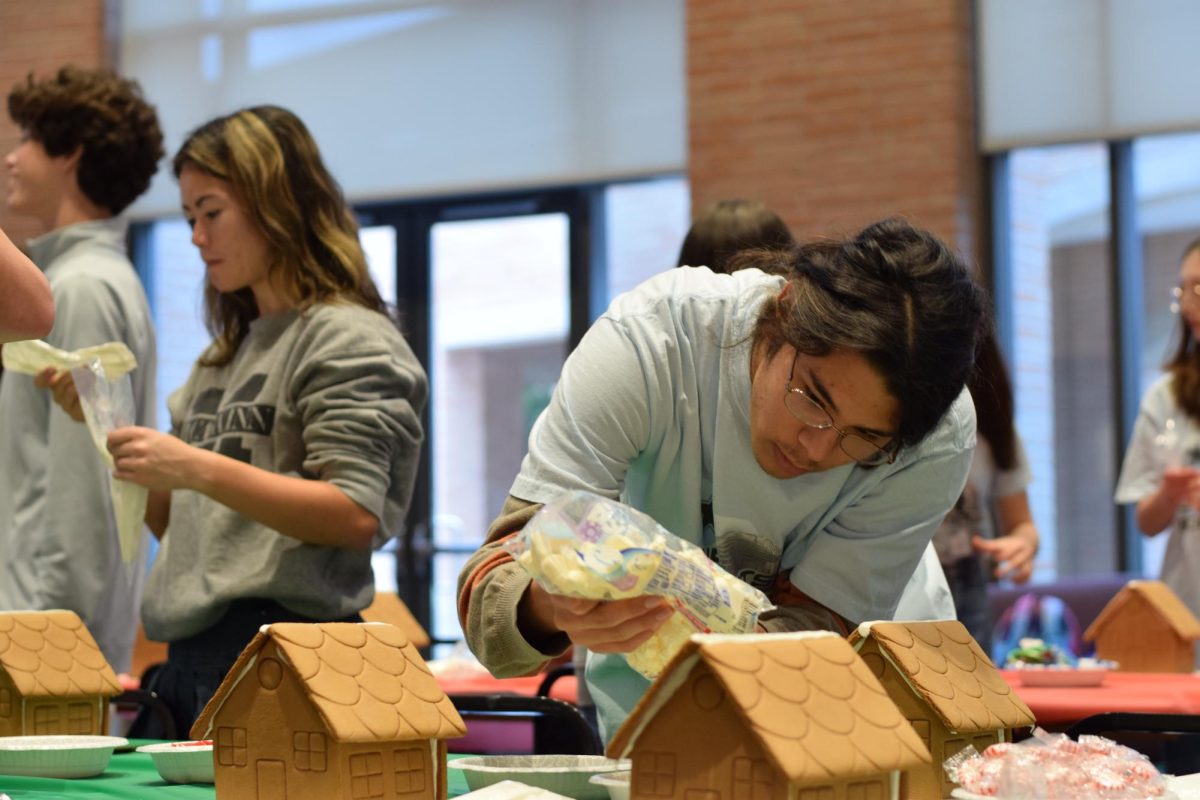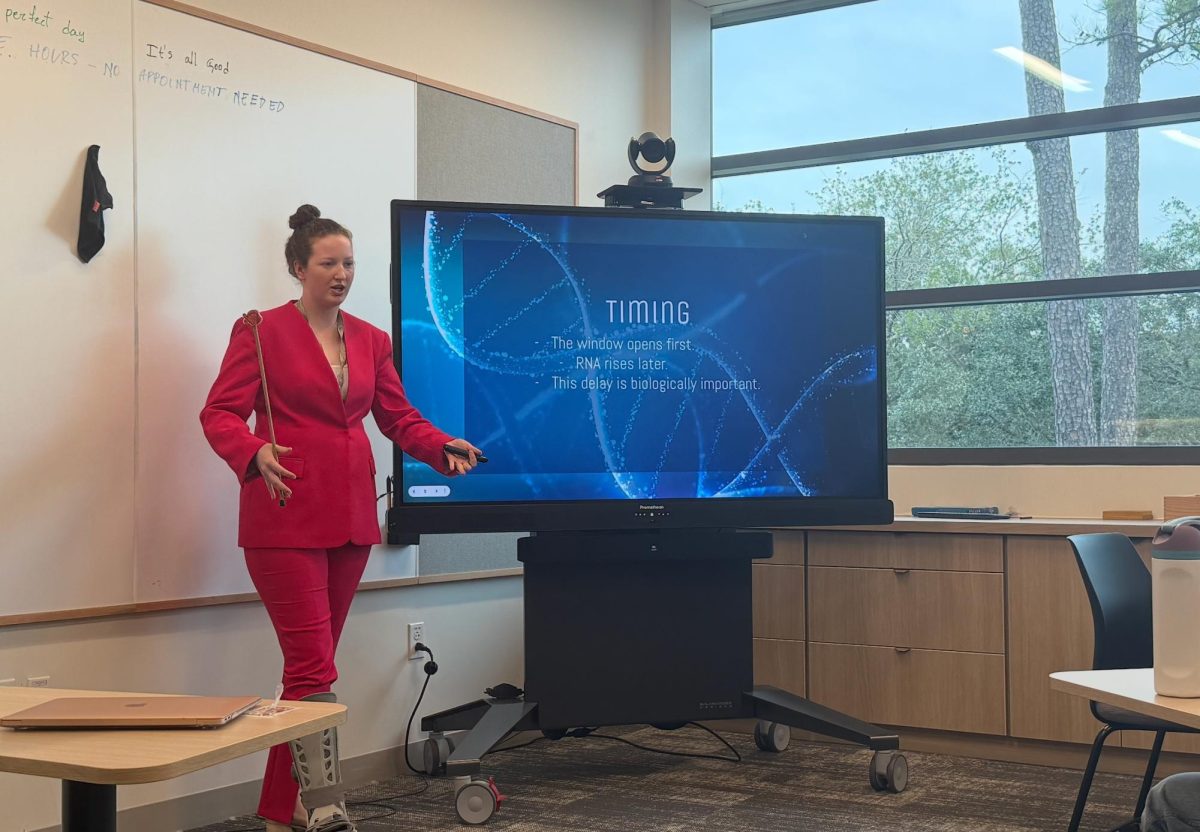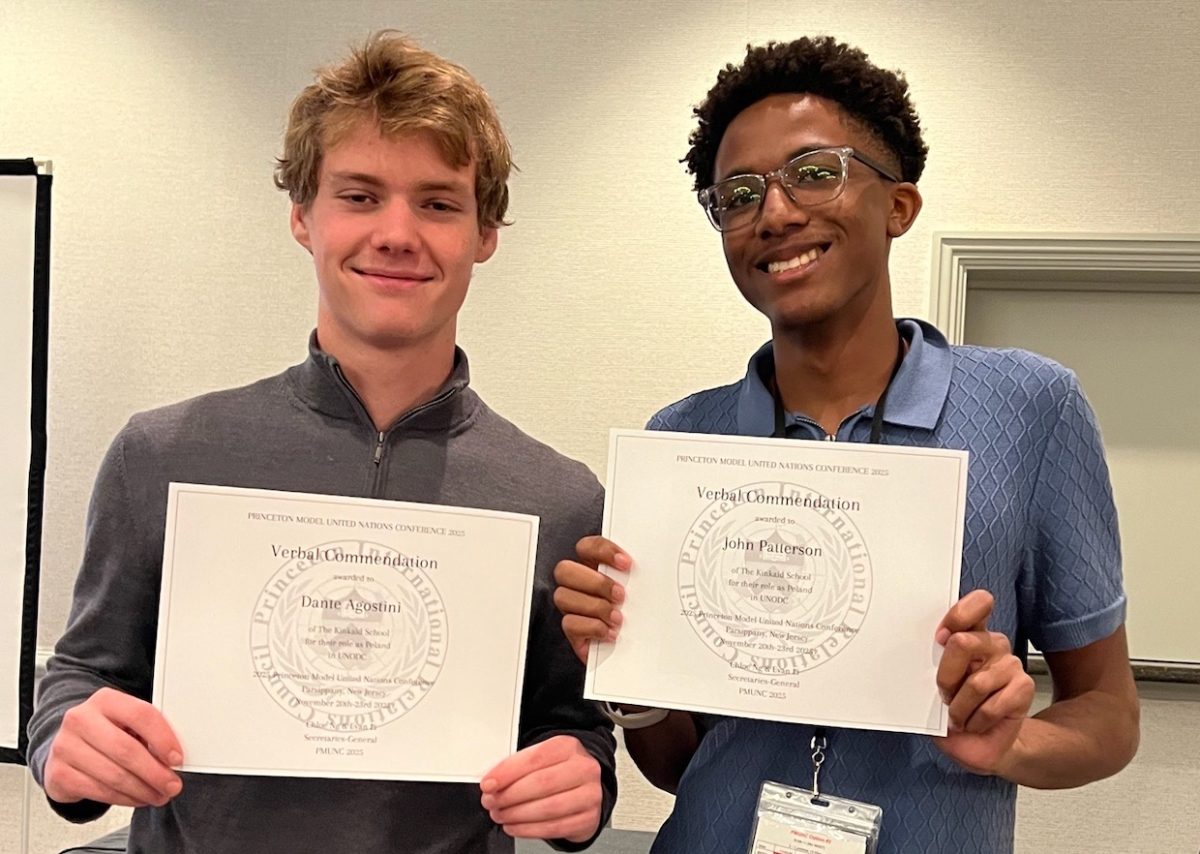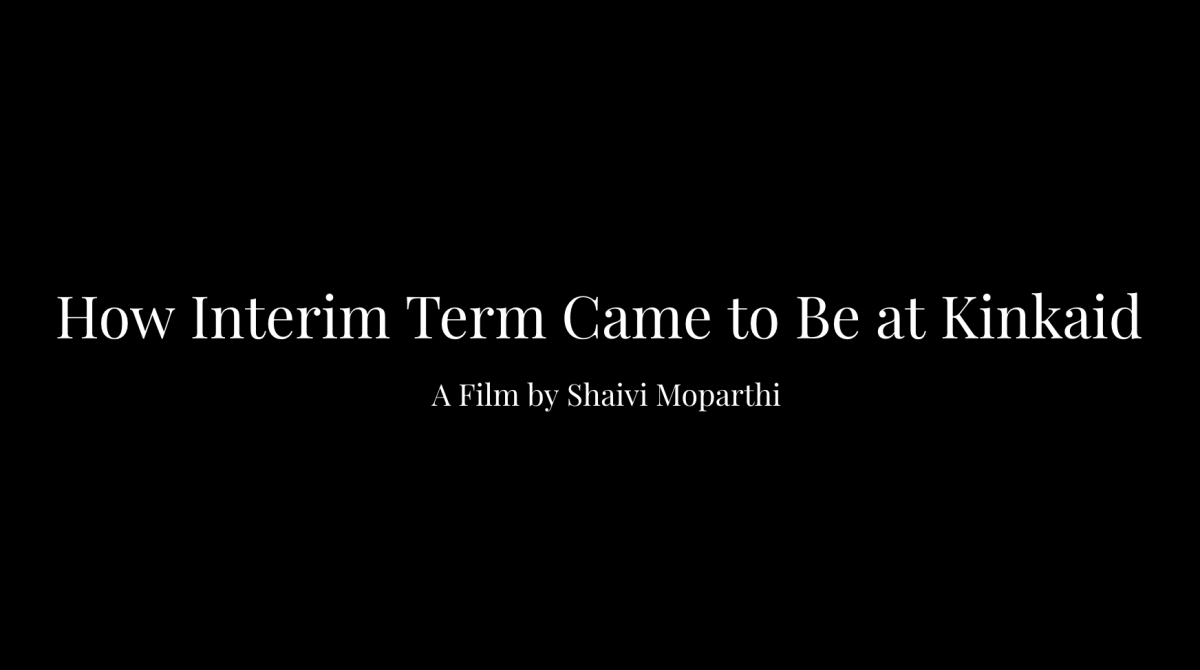Human brains lined the laboratory tables as Upper School students picked up scalpels and began a once-in-a-lifetime experience.
Upper School science teacher Dr. Ben Nelson helped students in his neuroscience class embark on their first-ever field trip to dissect human brains at the University of Texas McGovern Medical School.
Dr. Nelson arranged the trip to provide his students with an interactive experience with the brain following the class’ recent unit on brain anatomy.
“It was the perfect time in the course for the kids to get hands-on experience,” Dr. Nelson said.
Upon arrival, Dr. Mark Dannenbaum, a fellowship-trained neurosurgeon and Kinkaid alumnus, greeted the class. Dr. Dannenbaum specializes in cerebrovascular and neuroendovascular surgery and skull base and micro-neurosurgery.
He gave the students a tour of the medical school and gross anatomy laboratory, where dissections and surgeries are practiced on cadavers.
“I unexpectedly learned a lot about medical school and how the practice labs can be a big help to the students,” senior Davis McMayon said.
Once in the lab, everyone suited up in gloves and aprons, disinfected their tools and began experimenting.
Students were given an individual specimen, and they followed Dr. Claire Hulsebosch, the medical school’s lead anatomy instructor, in removing the meninges. Meninges are three layers of membrane that protect the brain and spinal cord. The tough outer layer is the dura mater, the middle layer with cushioning fluid is the arachnoid, and the delicate inner layer is the pita mater.
“After the lesson, we were given full freedom on how we wanted to dissect it,” senior Gayle Robertson said.
The class then went to town on picking apart their brains. Some split them down the center, while others divided them into separate lobes.
“I’ve never been able to do something like this before and probably never will again, so I won’t ever forget it,” McMayon said.



